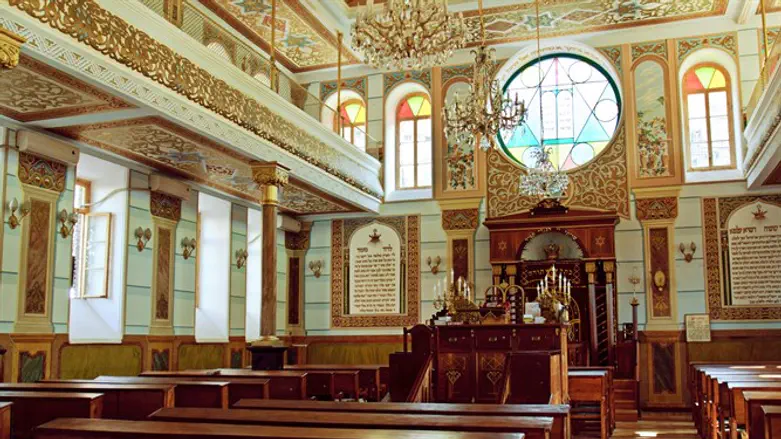
The 100-year old Breed Sreet Shul in Los Angeles was the centre of Jewish life in the western United Station in the first half of the 20th century.
Finally, after years of the Boyle Heights synagogue being in desperate need of repair, its two buildings will be getting a much needed $14.9 million state grant to pay for a renovation.
The synagogue which is listed in the National Registry of Historic Places was the last of the East Los Angeles synagogues to remain open after a postwar gradual movement of Jews to other neighbourhoods in the city.
While no longer in full-time use, the Breed Street Shul will be transformed into a “multipurpose space” that will serve to honour the neighbourhood’s past Jewish and multicultural history, reported Religion News Service. The area is now mostly home to Latino residents.
“This was at one time the center of Jewish life in the city of Los Angeles, the center of Jewish life in the western United States,” said Democratic Assemblyman Jesse Gabriel, the chair of the California Legislative Jewish Caucus.
Gabriel was speaking at a Tuesday event announcing the funding.
“So much of our history as a community traces back to here in Boyle Heights,” he said.
The event featured Jewish and Latino legislators, representing the historic and current residents of the area.
Gabriel’s parents once lived in Boyle Heights. The synagogue is a “reminder of our shared immigrant history.”
The Breed Street Shul, also known as Congregation Talmud Torah, was a “keystone” in the Boyle Heights Jewish community and also served the community in nearby City Terrace from the 1920s until the 1950s, according to the LA Conservancy.
It was known for its beautiful architecture, leading to the local nickname “The Queen of the Shuls.”
The Orthodox congregation that established the synagogue first began in 1904 meeting in members’ houses. In 1915, they purchased the lot where the synagogue still stands. Initially, they built a wooden school house and a small synagogue. The two current buildings were constructed in the early 1920s.
“Architect Abram M. Edelman, whose father was Los Angeles' first rabbi, designed the Shul in the Byzantine Revival style, with round arches, bas-relief ornamentation, and dichromatic brickwork. The interior walls were adorned with illustrations reminiscent of Eastern European folk art. The result was a building that conjured up an old-world sensibility, fostering a spirit of community among the largely immigrant congregation,” said the LA Conservancy.
The synagogue was the last to remain open in the area after the Jewish community’s move to other parts of the city. Starting in the 1980s, the building fell into neglect, with frequent vandalism and damage from earthquakes.
The nonprofit Breed Street Shul Project bought the property in 2000 with the goal of restoring the synagogue.
“Transforming this historic landmark will provide us with a unique opportunity to celebrate our shared history, build bridges, and strengthen cooperation and dialogue between the Latino and Jewish communities in los Angeles,” said Gabriel in a statement.
